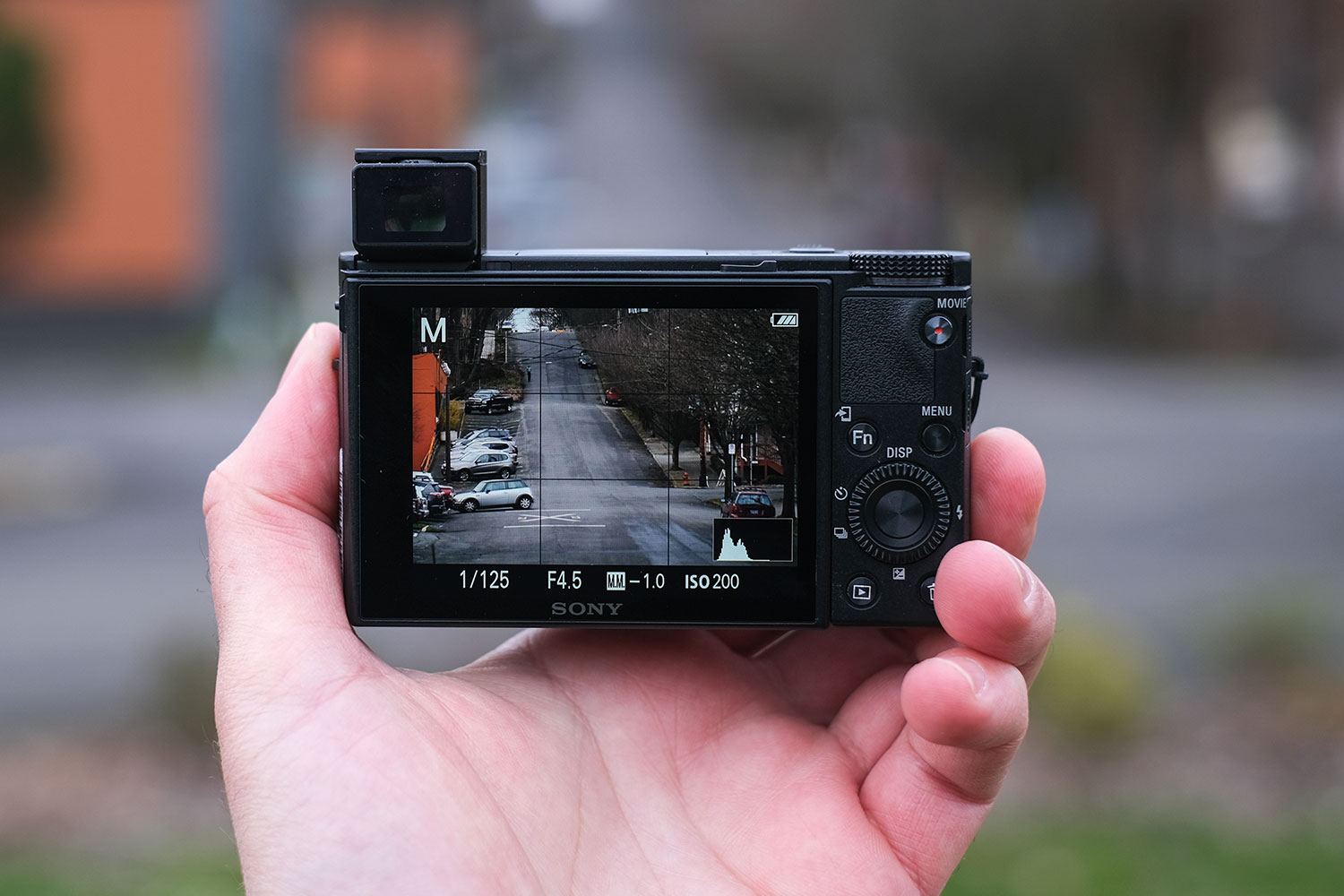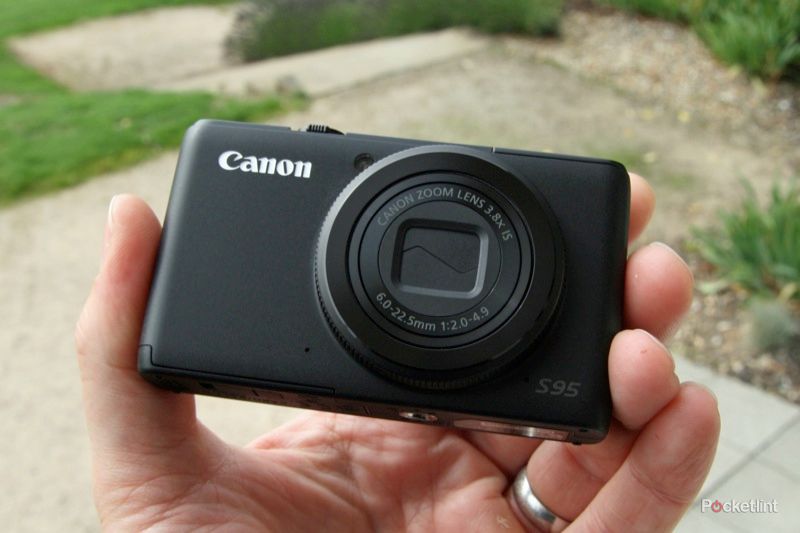What Is a Digital Point and Shoot Camera? Comprehensive Insights
Professional photographers often seek versatile tools, and digital point and shoot cameras offer a unique blend of convenience and advanced features. So, what exactly is a digital point and shoot camera? In essence, it's a compact, easy-to-use camera designed for those who may not need or want the complexities of a DSLR or mirrorless camera.

The Design and Build of Digital Point and Shoot Cameras
Digital point and shoot cameras are known for their sleek and portable designs. These cameras are perfect for quick captures and everyday use. They often feature automatic settings, allowing photographers to focus more on composition rather than adjusting settings manually.
Ease of Use
One of the standout features of a digital point and shoot camera is its simplicity. With a user-friendly interface, these cameras appeal to both amateur and seasoned photographers who want to shoot with minimal fuss.

Key Features of Digital Point and Shoot Cameras
Although compact, digital point and shoot cameras come packed with impressive features. From high-resolution sensors to optical zoom capabilities, these cameras are built to deliver quality images.
High-Resolution Sensors
The sensors in these cameras have evolved significantly, often competing with some entry-level DSLRs. This means you can capture detailed and vibrant images, perfect for professional use.
Versatile Shooting Modes
Whether you're shooting in low light or capturing fast-moving subjects, the versatile shooting modes in a digital point and shoot camera ensure that you get the best shot every time.

The Comparison with DSLRs and Mirrorless Cameras
When comparing digital point and shoot cameras to DSLRs and mirrorless cameras, several differences stand out. While DSLRs offer interchangeable lenses and more control over settings, point and shoot cameras provide convenience and ease of use.
Interchangeable Lenses vs. Fixed Lenses
One main difference is that DSLRs and mirrorless cameras allow for interchangeable lenses, giving photographers the flexibility to choose lenses based on their needs. In contrast, digital point and shoot cameras come with fixed lenses, which make them less versatile but more compact.
User Experience
The user experience varies greatly between the two types. DSLRs and mirrorless cameras often require a learning curve, while point and shoot cameras are designed for immediate use with minimal instruction.

When to Use Digital Point and Shoot Cameras
Despite their simplicity, digital point and shoot cameras are incredibly useful in various scenarios. They are ideal for on-the-go photography, travel, and even some professional settings where a more extensive setup isnt feasible.
Travel Photography
The compact size of a digital point and shoot camera makes it an excellent choice for travel photography. It fits easily in a backpack or purse, allowing you to capture stunning images without carrying heavy equipment.
Street Photography
For street photographers, the unobtrusive nature of point and shoot cameras is a significant advantage. You can capture candid moments without drawing attention to yourself.
Notable Models of Digital Point and Shoot Cameras
Several brands offer high-quality digital point and shoot cameras. Some of the most notable models include the Canon PowerShot series, the Sony Cyber-shot, and the Nikon Coolpix line.
Canon PowerShot
The Canon PowerShot series is renowned for its excellent image quality and user-friendly features. These cameras are perfect for a range of photography styles.
Sony Cyber-shot
Sonys Cyber-shot cameras are packed with advanced features such as Zeiss lenses and powerful sensors, making them a favorite among professionals.
Nikon Coolpix
Nikon Coolpix cameras offer reliability and advanced features, making them a solid choice for any photographer looking to add a portable camera to their toolkit.
Enhancing Your Skills with Digital Point and Shoot Cameras
While these cameras are designed for ease of use, mastering them still requires some practice. Understanding their features and limitations will help you get the most out of your digital point and shoot camera.
Mastering Shooting Modes
Spend time exploring the different shooting modes available on your camera. Understanding when to use each mode will significantly enhance your photography skills.
Editing Your Photos
Post-processing is an essential part of modern photography. Even though digital point and shoot cameras produce great images, editing can help you achieve the perfect shot.
Conclusion
In conclusion, a digital point and shoot camera offers a blend of convenience, portability, and quality that is hard to beat. Whether you are a professional photographer looking for a secondary camera or someone new to photography, these compact cameras are a valuable addition to your gear.
FAQs
Q1. What is a digital point and shoot camera good for?
A digital point and shoot camera is excellent for quick, on-the-go photography. Its compact size and ease of use make it ideal for travel, street photography, and everyday use.
Q2. How does a point and shoot camera differ from a DSLR?
A point and shoot camera is generally more compact, easier to use, and comes with a fixed lens, unlike a DSLR, which offers interchangeable lenses and more manual settings.
Q3. Can professional photographers use point and shoot cameras?
Yes, professional photographers often use point and shoot cameras as a secondary option for their convenience and portability.
As an Amazon Associate, I earn from qualifying purchases.

